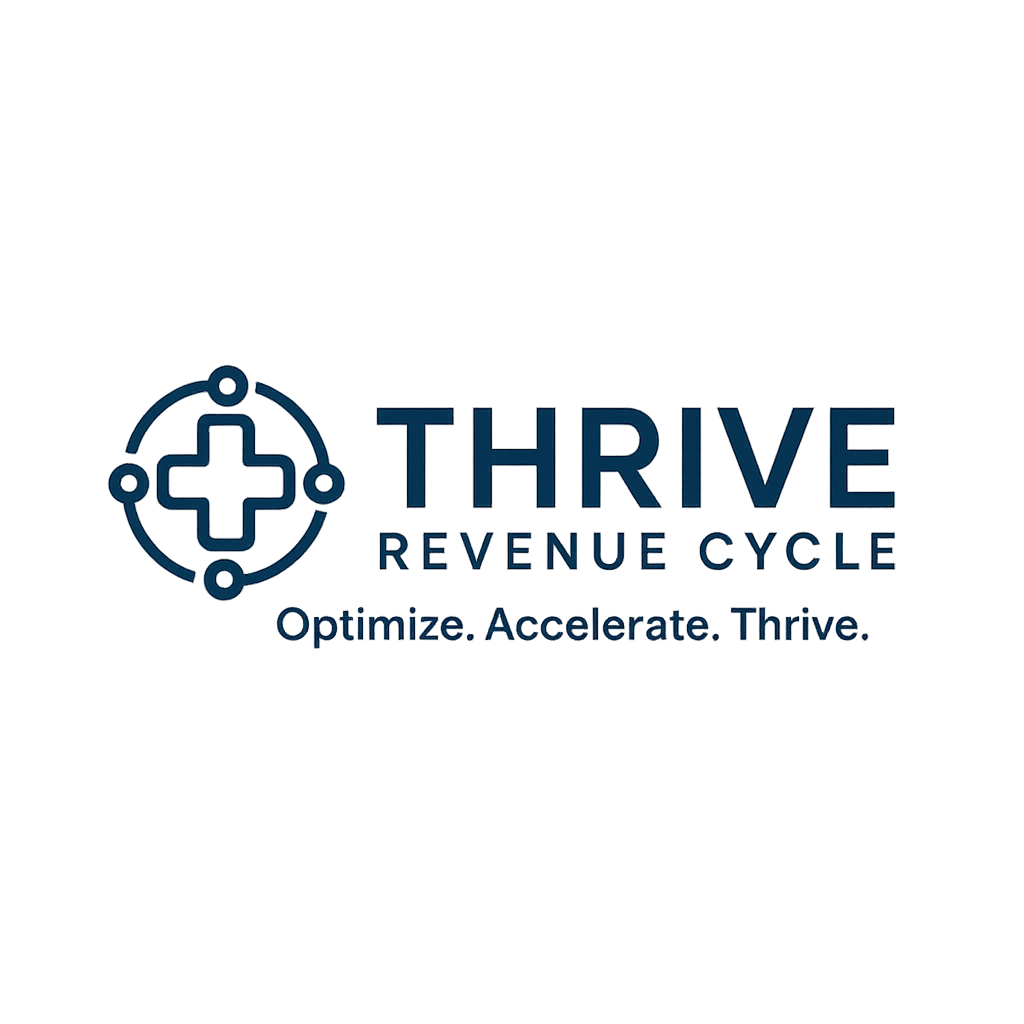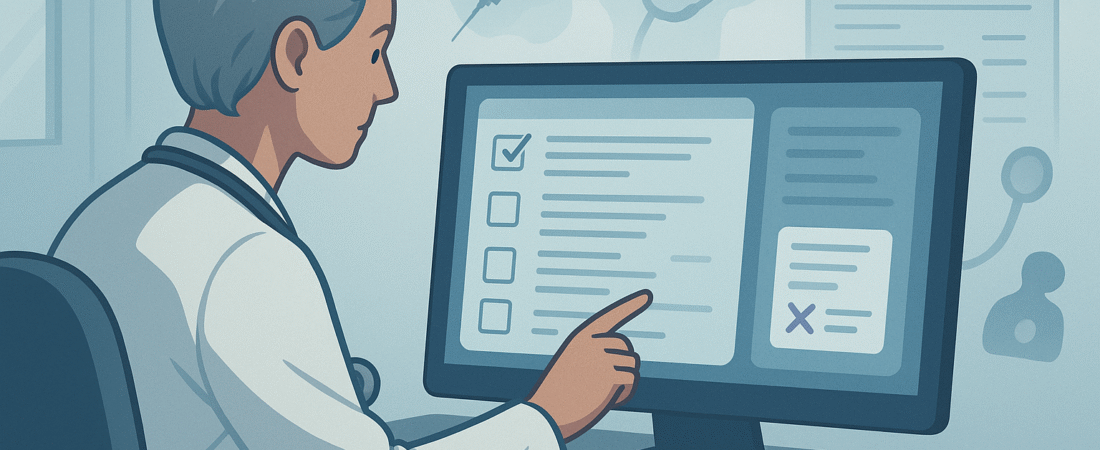Your cart is currently empty!
Your EHR system may seem like it’s catching everything—but in reality, silent revenue leaks happen every day. Missed charges, incorrect modifiers, unbilled services, and documentation mismatches can slip through even the most advanced systems when human workflows and EHR functionality aren’t perfectly aligned.
The truth is, charge capture isn’t just about clicking the right boxes. It’s about ensuring that every clinically appropriate, contractually compliant service gets coded, submitted, and reimbursed. And that requires more than a template—it requires strategy.
Where Charge Capture Breaks Down (And Why You Don’t See It):
Many organizations assume their EHR’s charge automation and encounter forms are foolproof. But reality paints a different picture:
- Template-driven errors: Providers often rely on pre-built templates that don’t reflect changes in services, payers, or documentation standards.
- Unstructured notes: Free-text documentation makes it difficult for coders to find the billable elements they need to code correctly.
- Missed ancillary services: Procedures performed during visits (e.g., injections, point-of-care tests) are frequently forgotten or left uncaptured if not preloaded.
- Disconnection between providers and coders: When questions arise, they’re often resolved too late—after claims are denied or passed over completely.
- Poor reconciliation practices: Without cross-checks between documentation and submitted charges, omissions go unnoticed.
The Cost of Invisibility:
Charge capture gaps are uniquely dangerous because they rarely generate denials—they just don’t generate anything. That means no claim, no follow-up, and no red flag. For multispecialty groups or high-volume practices, even a 2–5% miss rate in charge capture can lead to hundreds of thousands in lost revenue annually.
How to Spot—and Fix—Charge Capture Gaps:
The solution isn’t to overhaul your EHR, but to build a feedback loop between clinical teams, billing, and compliance. Consider:
- Running periodic documentation-to-bill audits to catch patterns in missed services.
- Crosswalking common visits against billed CPTs to find frequently under-coded encounters.
- Embedding smart prompts in EHR workflows to remind providers about add-on services.
- Training providers on charge capture risks tied to templating, auto-coding, and copy-forward habits.
- Setting up reconciliation reports that match appointments to charges to ensure nothing was skipped.
How Thrive Helps You See What Your EHR Doesn’t:
At Thrive Revenue Cycle, we specialize in revealing—and resolving—the blindspots EHRs don’t catch. From charge reconciliation audits to EHR workflow mapping, we help clients turn documentation into dollars with zero disruption to patient care. Our clients have uncovered and recovered tens of thousands in missed revenue by simply refining how they use the systems they already have.
Conclusion:
Your EHR doesn’t bill—your people do. And unless their workflows, tools, and feedback loops are aligned, missed charges will continue to fly under the radar. If you’re relying on templates and trusting the system to “catch it all,” it’s time for a second look.

